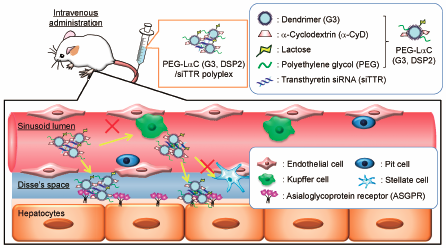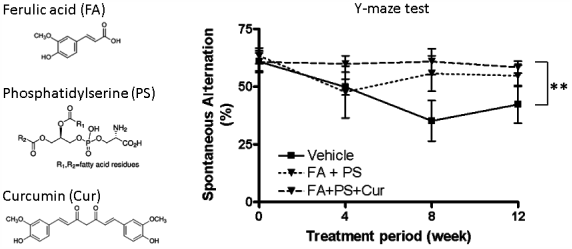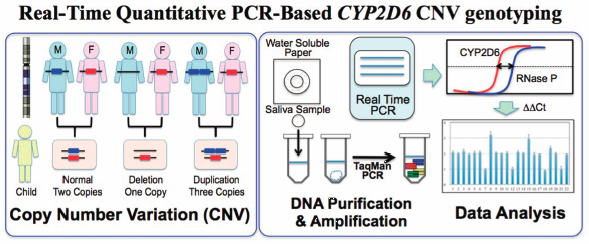- |<
- <
- 1
- >
- >|
-
2019 Volume 42 Issue 10 Pages 1609-1619
Published: October 01, 2019
Released on J-STAGE: October 01, 2019
Download PDF (1700K) Full view HTML
-
2019 Volume 42 Issue 10 Pages 1620-1627
Published: October 01, 2019
Released on J-STAGE: October 01, 2019
Download PDF (2886K) Full view HTML -
2019 Volume 42 Issue 10 Pages 1628-1636
Published: October 01, 2019
Released on J-STAGE: October 01, 2019
Download PDF (888K) Full view HTML -
2019 Volume 42 Issue 10 Pages 1637-1640
Published: October 01, 2019
Released on J-STAGE: October 01, 2019
Advance online publication: August 09, 2019Download PDF (248K) Full view HTML -
2019 Volume 42 Issue 10 Pages 1641-1650
Published: October 01, 2019
Released on J-STAGE: October 01, 2019
Download PDF (2880K) Full view HTML -
2019 Volume 42 Issue 10 Pages 1651-1657
Published: October 01, 2019
Released on J-STAGE: October 01, 2019
Advance online publication: July 25, 2019Download PDF (398K) Full view HTML -
2019 Volume 42 Issue 10 Pages 1658-1664
Published: October 01, 2019
Released on J-STAGE: October 01, 2019
Download PDF (888K) Full view HTML -
2019 Volume 42 Issue 10 Pages 1665-1673
Published: October 01, 2019
Released on J-STAGE: October 01, 2019
Download PDF (4106K) Full view HTML -
2019 Volume 42 Issue 10 Pages 1674-1678
Published: October 01, 2019
Released on J-STAGE: October 01, 2019
Download PDF (508K) Full view HTML -
2019 Volume 42 Issue 10 Pages 1679-1688
Published: October 01, 2019
Released on J-STAGE: October 01, 2019
Download PDF (1690K) Full view HTML -
2019 Volume 42 Issue 10 Pages 1689-1693
Published: October 01, 2019
Released on J-STAGE: October 01, 2019
Advance online publication: July 30, 2019Download PDF (1260K) Full view HTML -
2019 Volume 42 Issue 10 Pages 1694-1706
Published: October 01, 2019
Released on J-STAGE: October 01, 2019
Download PDF (1878K) Full view HTML -
 2019 Volume 42 Issue 10 Pages 1707-1712
2019 Volume 42 Issue 10 Pages 1707-1712
Published: October 01, 2019
Released on J-STAGE: October 01, 2019
Editor's pickRecent clinical studies indicate that sodium glucose cotransporter 2 (SGLT2) inhibitors exhibit a renoprotective effect. However, the mechanism underlying this effect has not been fully elucidated. The article by Takakura and Takasu found that single intravenous injection of ipragliflozin, a selective SGLT2 inhibitor, at a dose that increased glucose excretion reduced creatinine clearance without affecting systemic blood pressure in type 2 diabetic mellitus STD-fatty rats. These results suggest that SGLT2 inhibition directly reduces whole-kidney glomerular filtration rate, most likely due to a reduction in intraglomerular pressure, by altering local renal hemodynamics. This effect might explain the renoprotective effects demonstrated in clinical studies, at least partly.
Download PDF (498K) Full view HTML -
2019 Volume 42 Issue 10 Pages 1713-1719
Published: October 01, 2019
Released on J-STAGE: October 01, 2019
Download PDF (2066K) Full view HTML -
2019 Volume 42 Issue 10 Pages 1720-1725
Published: October 01, 2019
Released on J-STAGE: October 01, 2019
Advance online publication: August 03, 2019Download PDF (2539K) Full view HTML -
2019 Volume 42 Issue 10 Pages 1726-1732
Published: October 01, 2019
Released on J-STAGE: October 01, 2019
Download PDF (807K) Full view HTML -
2019 Volume 42 Issue 10 Pages 1733-1740
Published: October 01, 2019
Released on J-STAGE: October 01, 2019
Download PDF (7012K) Full view HTML -
2019 Volume 42 Issue 10 Pages 1741-1745
Published: October 01, 2019
Released on J-STAGE: October 01, 2019
Download PDF (463K) Full view HTML -
2019 Volume 42 Issue 10 Pages 1746-1752
Published: October 01, 2019
Released on J-STAGE: October 01, 2019
Advance online publication: August 06, 2019Download PDF (579K) Full view HTML -
2019 Volume 42 Issue 10 Pages 1753-1760
Published: October 01, 2019
Released on J-STAGE: October 01, 2019
Download PDF (3573K) Full view HTML
-
2019 Volume 42 Issue 10 Pages 1761-1765
Published: October 01, 2019
Released on J-STAGE: October 01, 2019
Download PDF (1529K) Full view HTML -
2019 Volume 42 Issue 10 Pages 1766-1771
Published: October 01, 2019
Released on J-STAGE: October 01, 2019
Download PDF (468K) Full view HTML
- |<
- <
- 1
- >
- >|






















